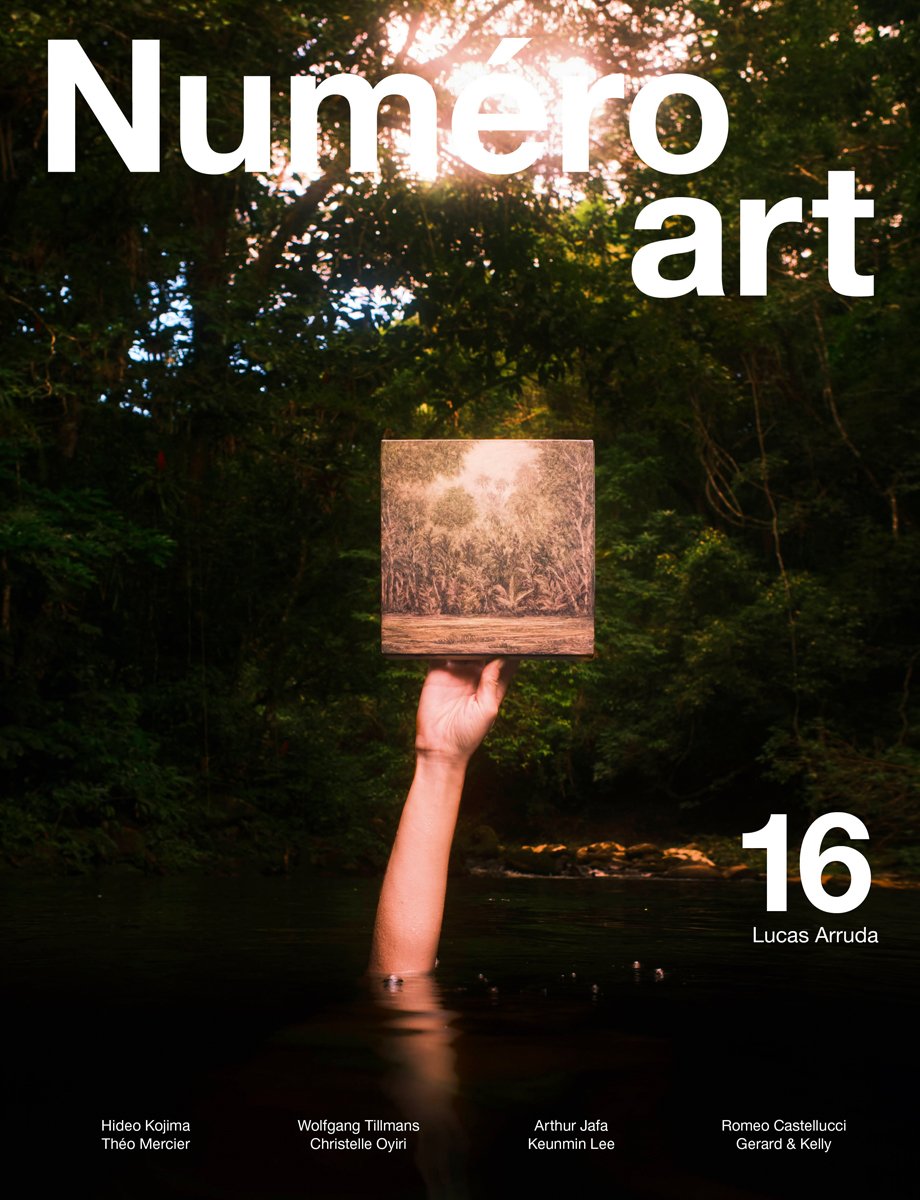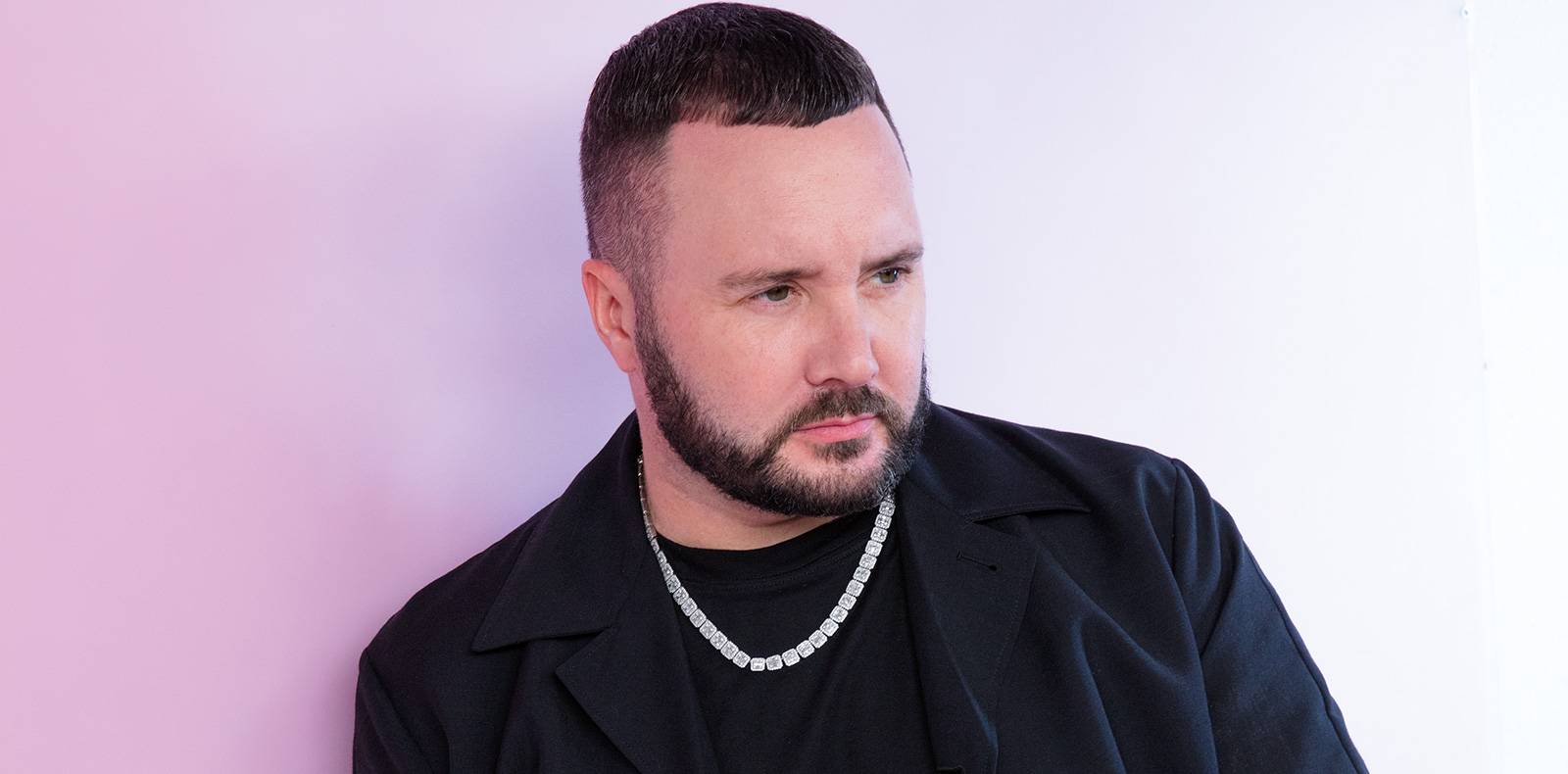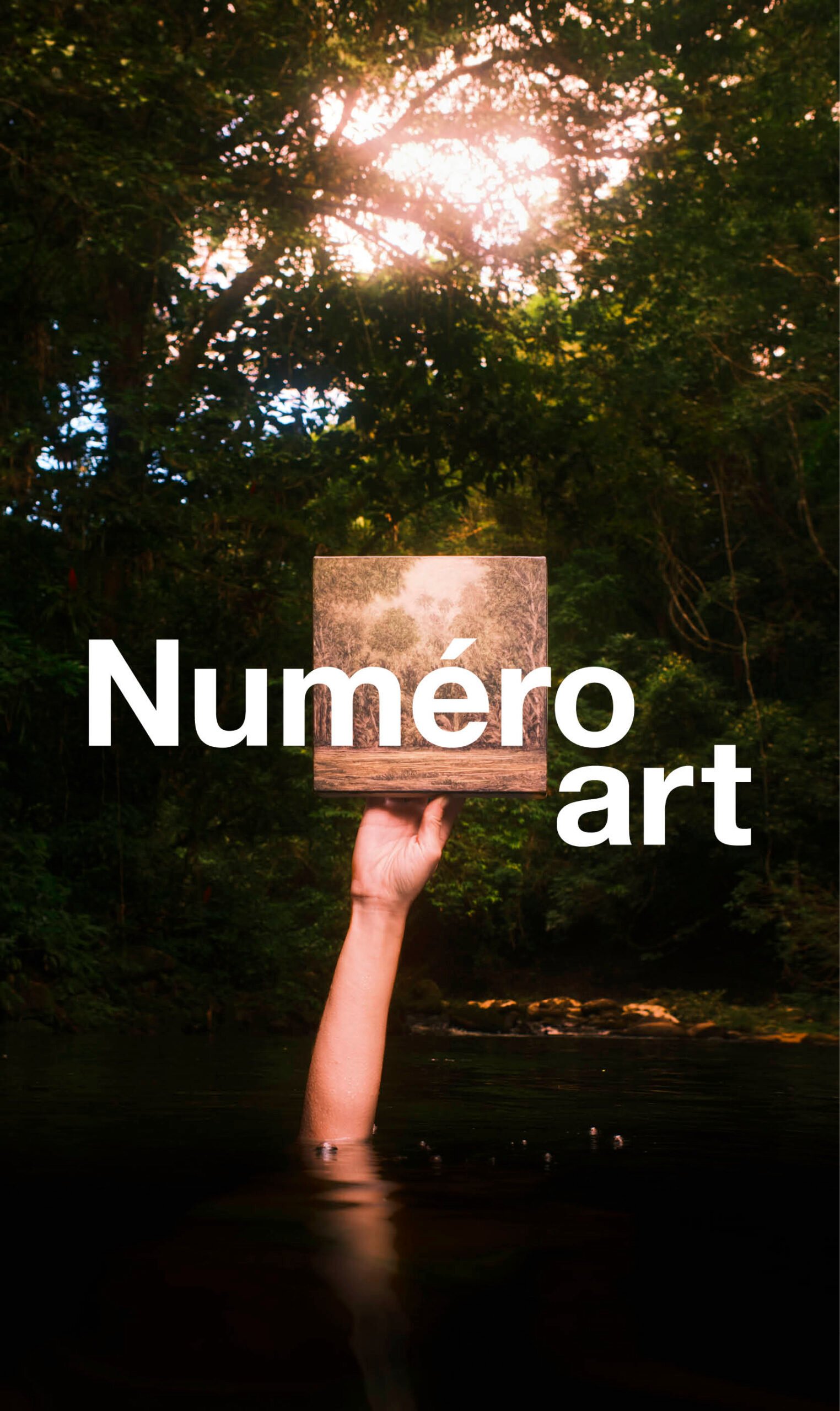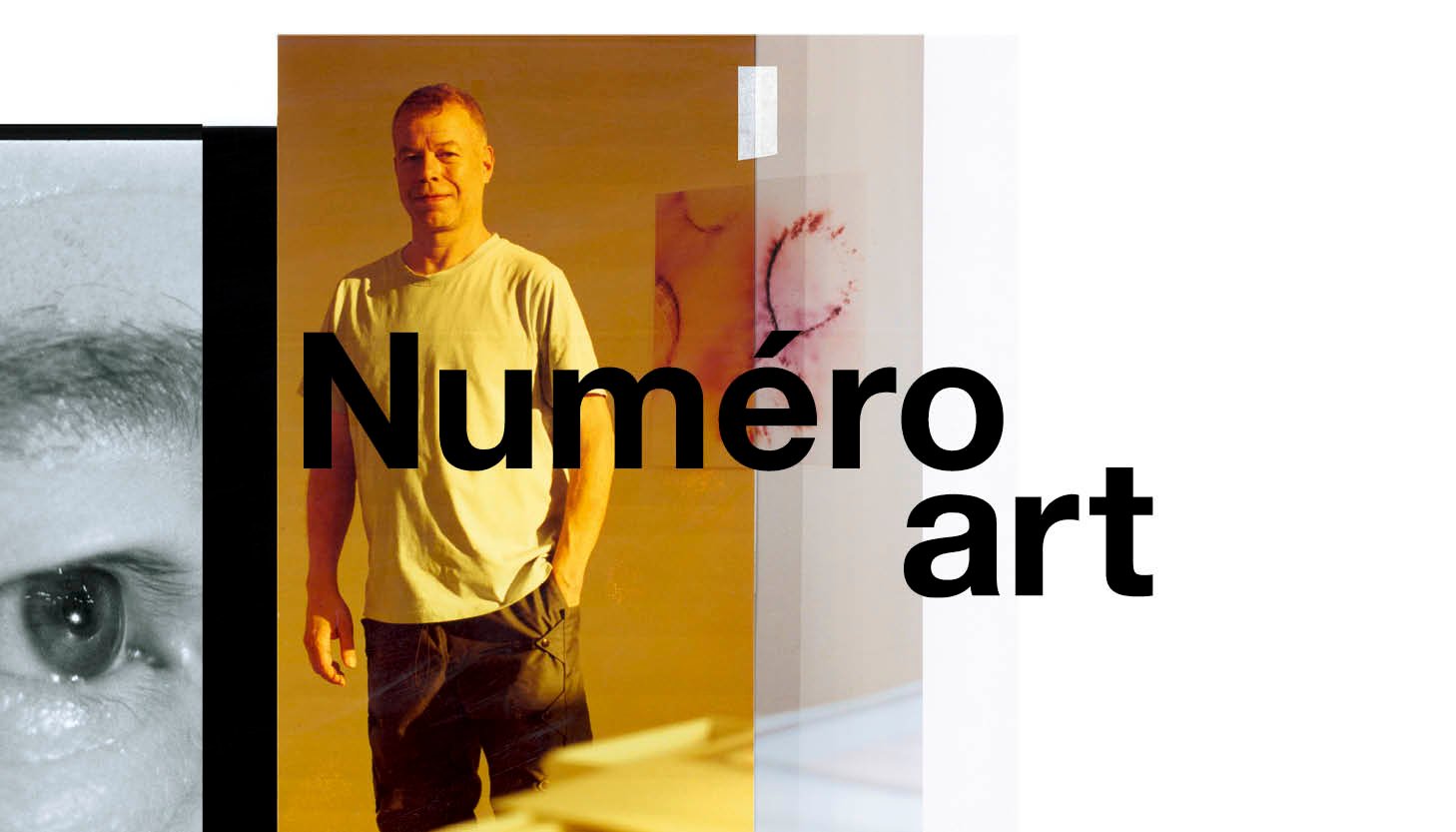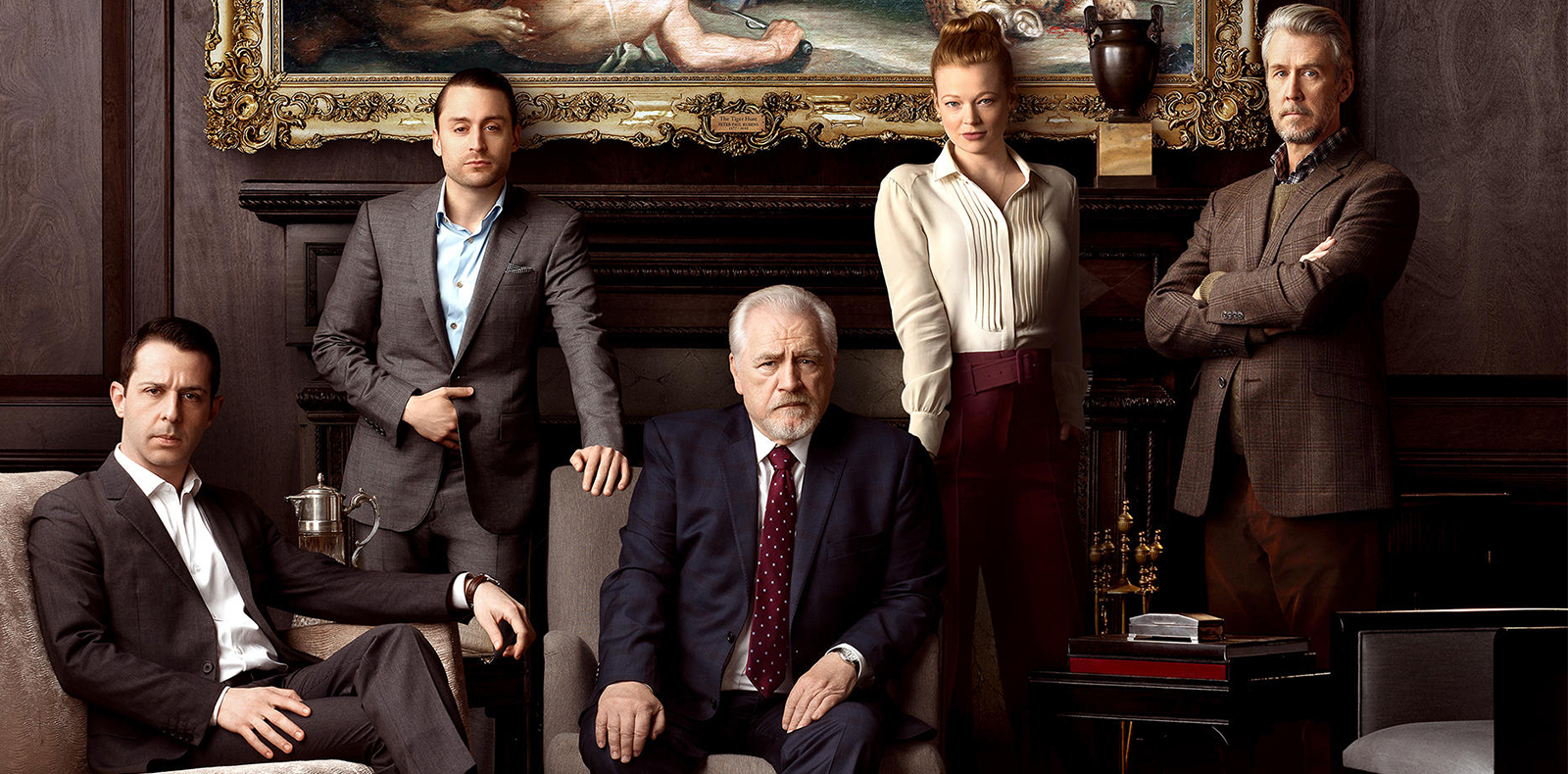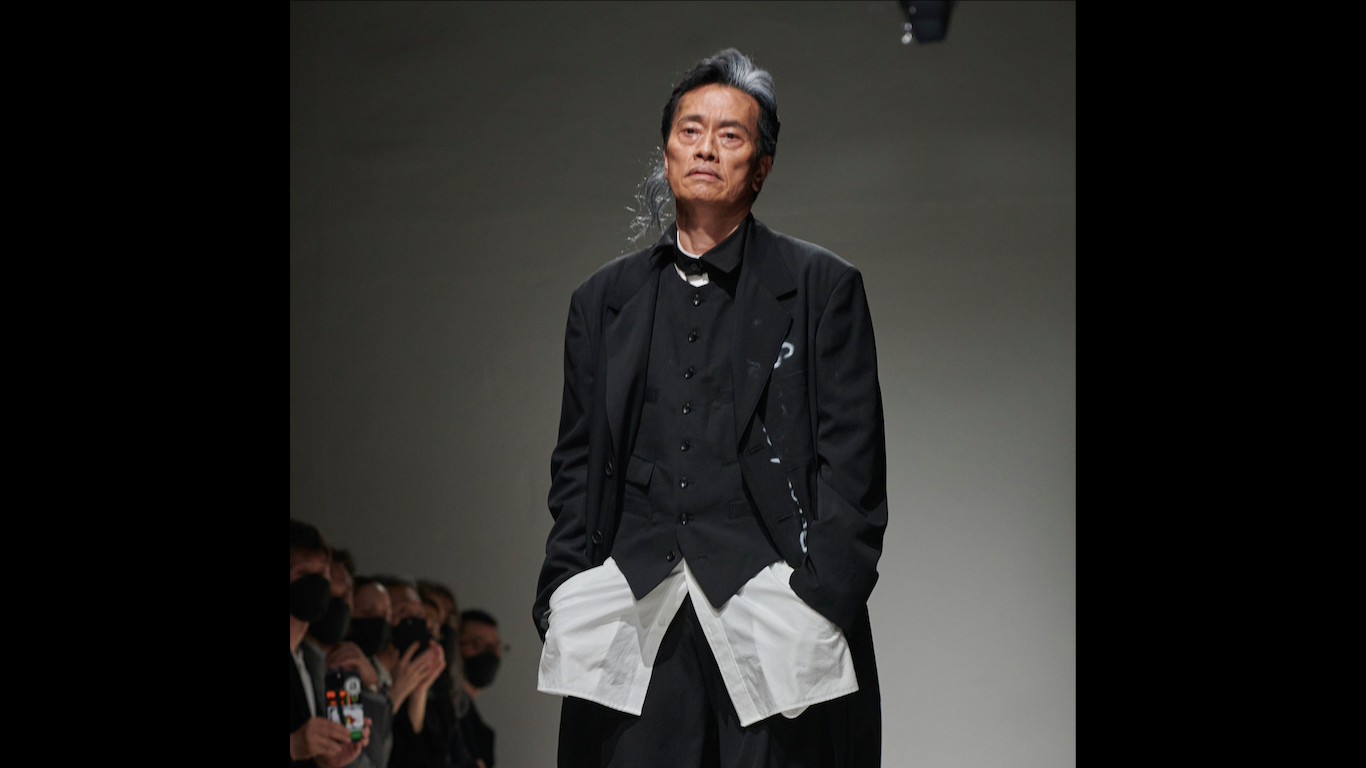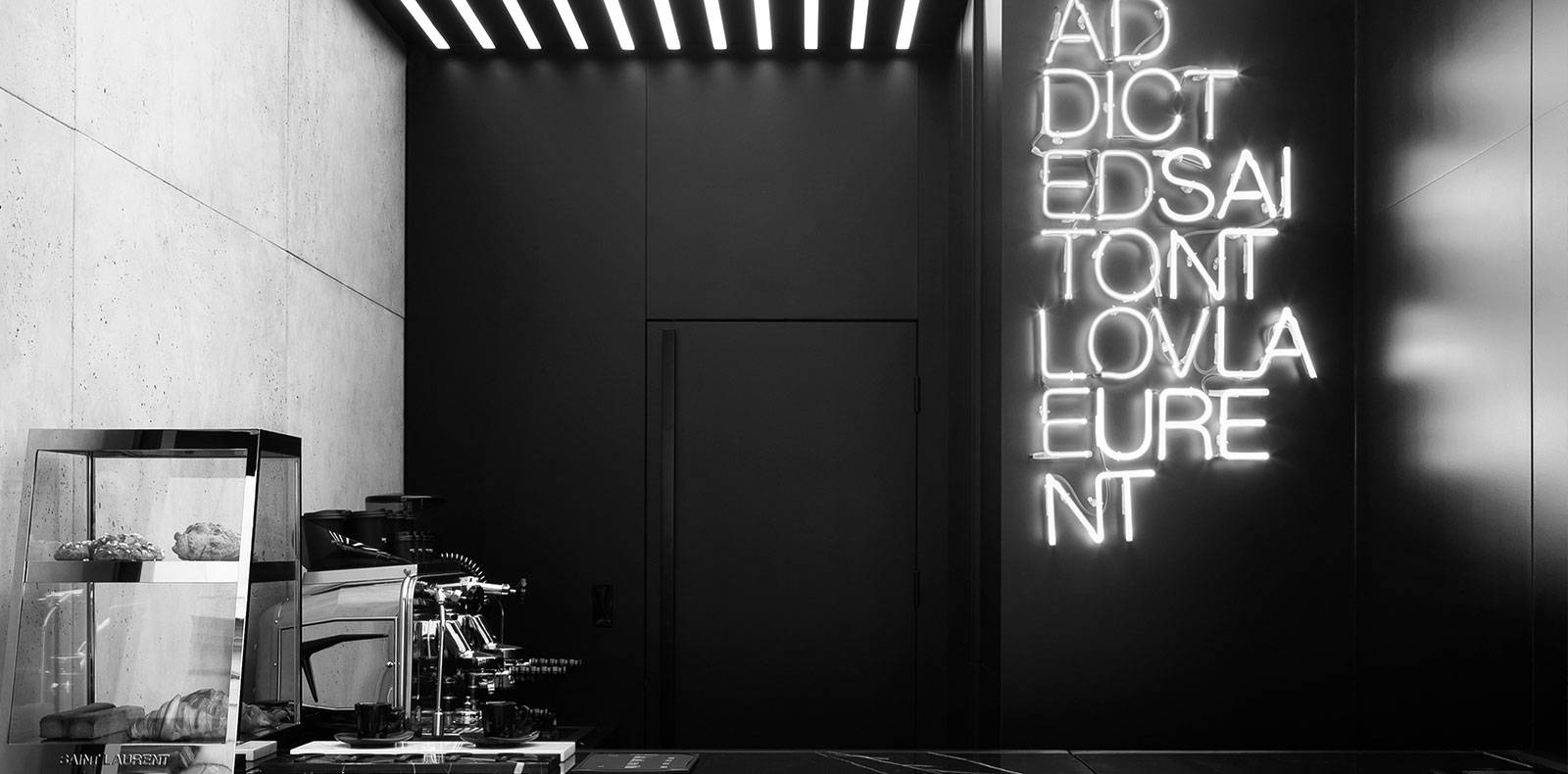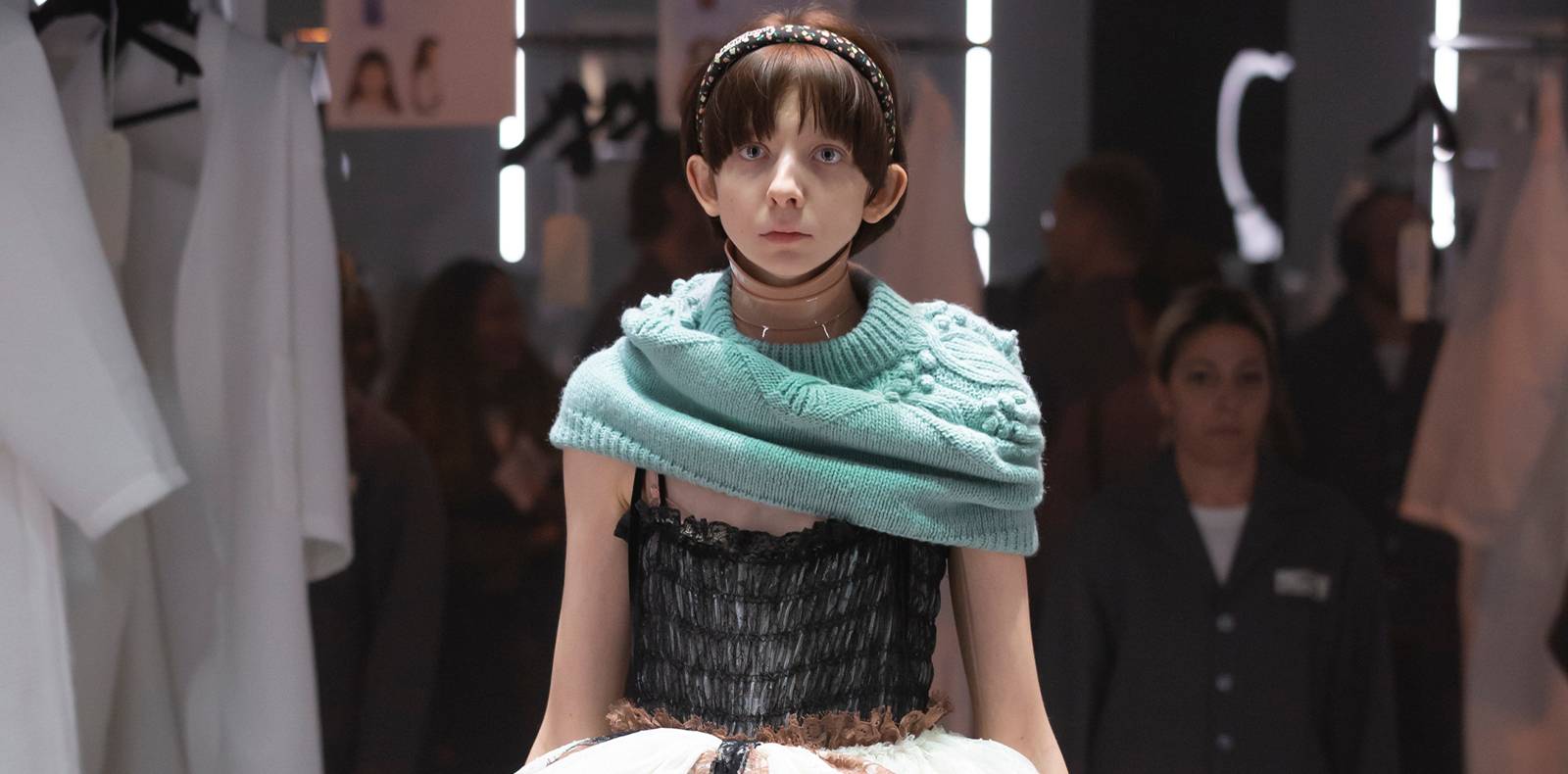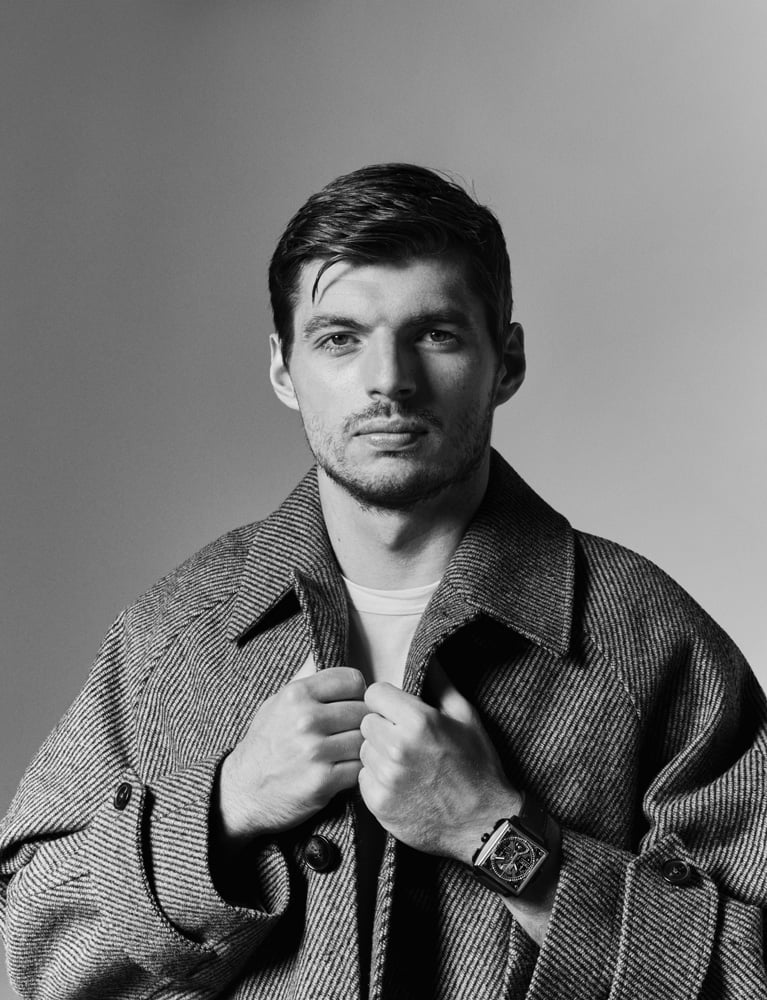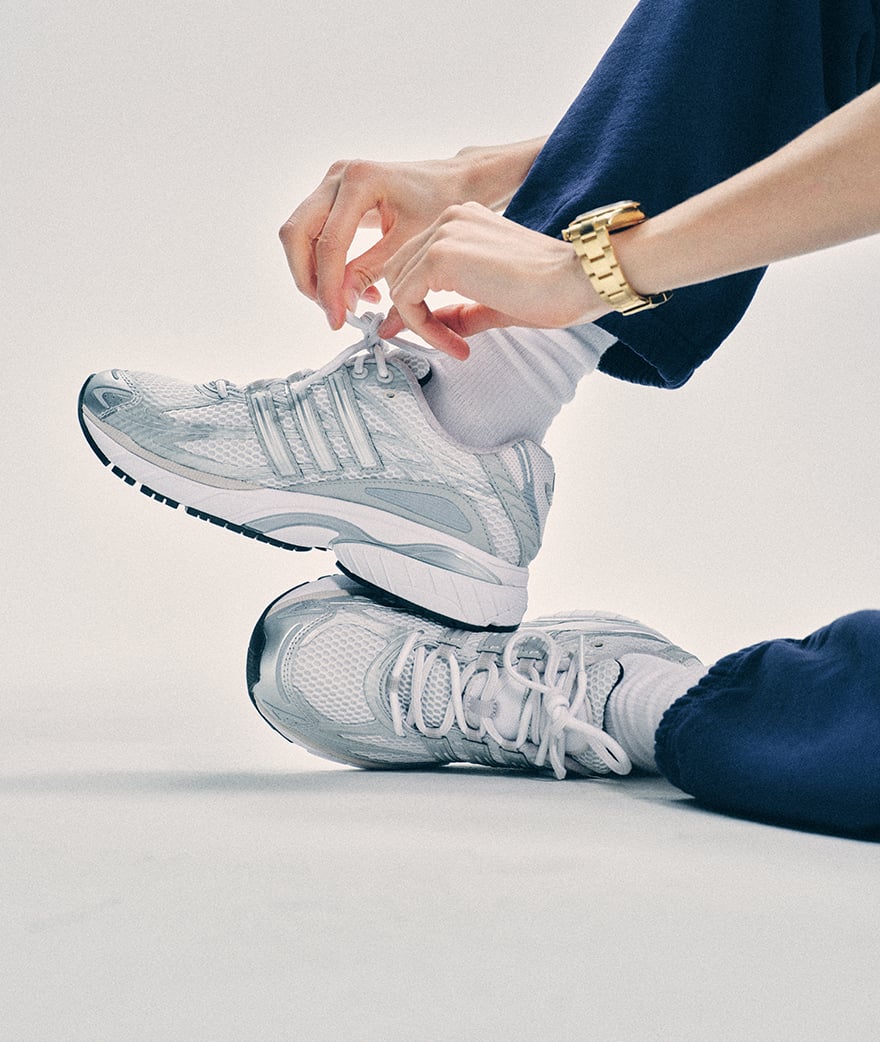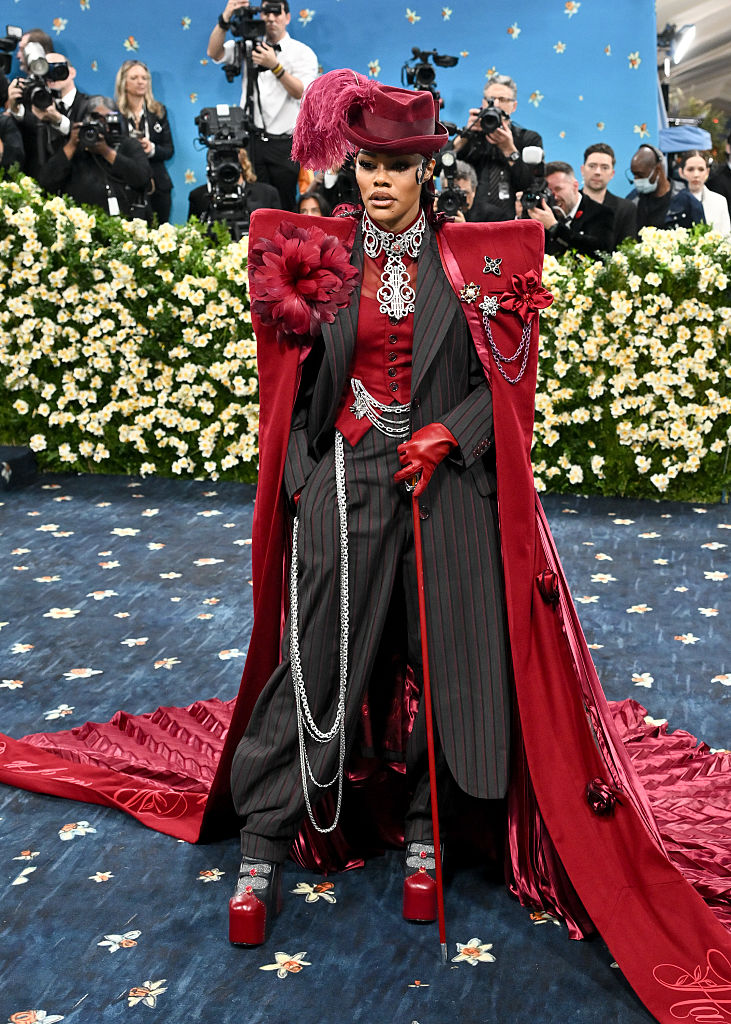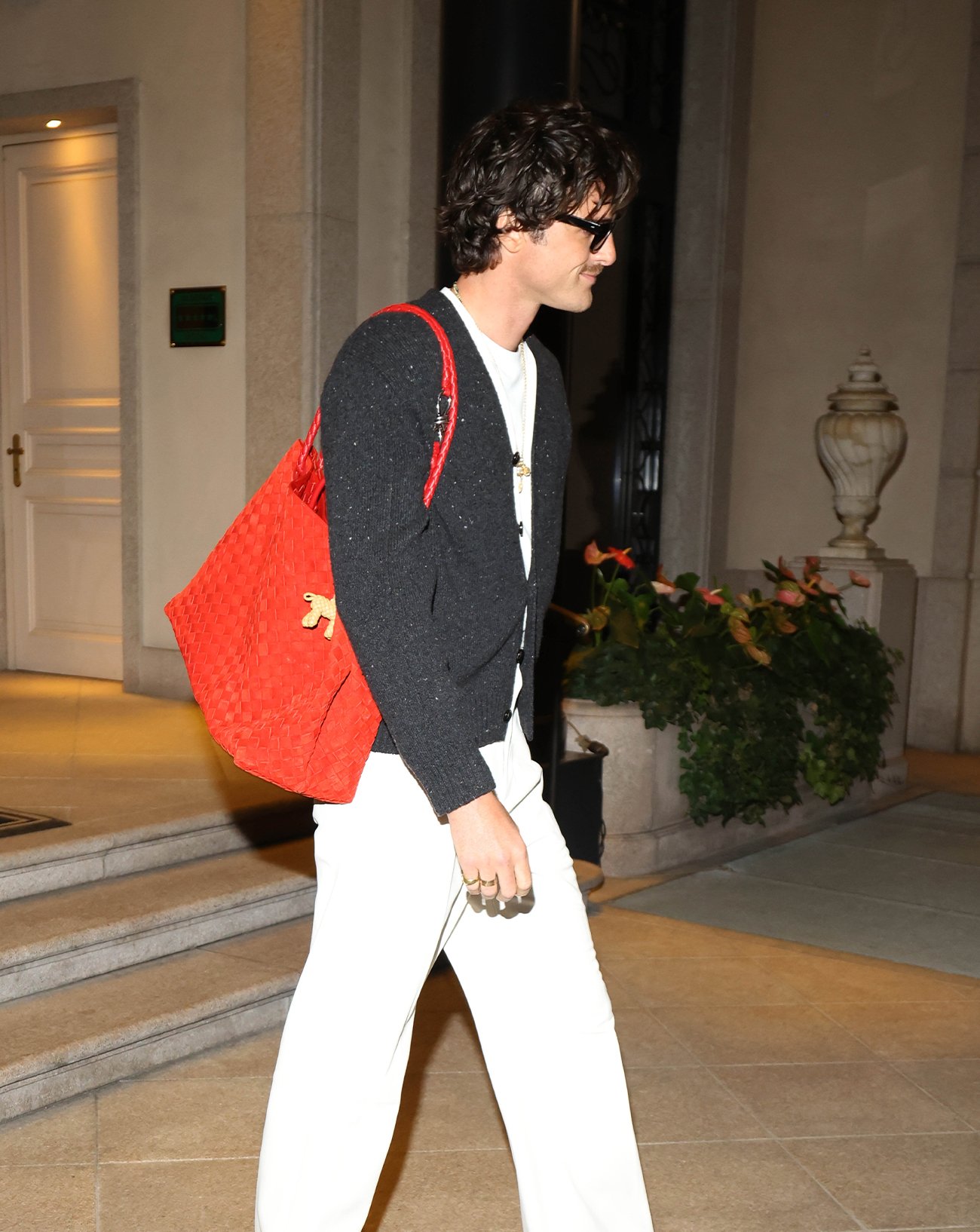Kim Jones : “Dior wanted more colour and fun”
Il est l’un des grands artisans du rapprochement entre le monde du luxe masculin et celui du streetwear. Visionnaire, le directeur artistique des collections homme de Dior, Kim Jones, poursuit dans l’illustre maison de couture l’œuvre qu’il a débutée chez Louis Vuitton, tout en explorant avec un plaisir non dissimulé l’héritage de l’inventeur du new-look. Une synthèse d’influences qui trouve son expression ultime dans l’ouvrage photographique “The Dior Sessions”, qui met en scène des célébrités habillées par ses soins. Rencontre.
Propos recueillis par Philip Utz,
Portraits Jackie Nickerson.
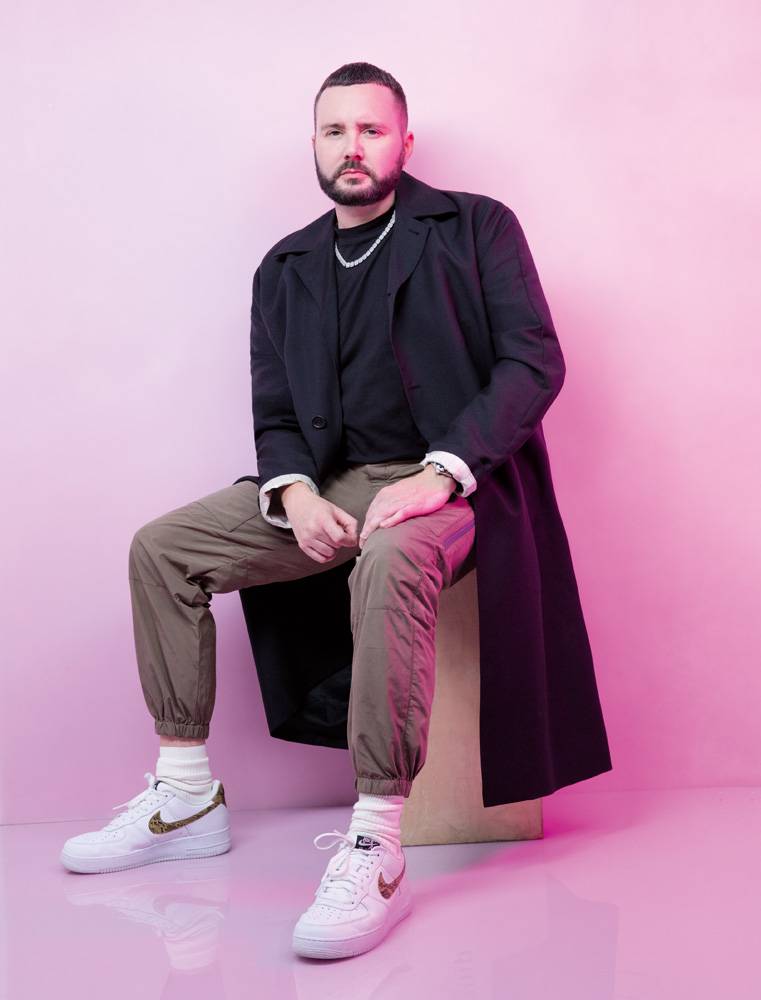
Numéro Homme : Alors, darling, comment ça se passe chez Dior ?
Kim Jones : Tout va très bien ! Je m’y plais énormément ! C’est super ! Très différent de chez Louis Vuitton, parce que Dior – par opposition à un malletier et fabricant d’articles en cuir – est une maison de prêt-à-porter qui dispose de son propre atelier. Ici, tout va très vite, et les archives sont extraordinaires. Mais je ne suis dans la maison que depuis un peu plus d’un an : pour le moment, je me suis surtout concentré sur Christian Dior, sur ce qu’il a fait, ce qu’a été sa vie… Il était couturier, bien évidemment, mais aussi galeriste, collectionneur, amoureux de la nature… Toutes ces choses que lui et moi avons finalement en commun.
Comment diable êtes-vous parvenu à monter vos collections chez Louis Vuitton si vous n’aviez pas d’atelier à votre disposition ?
Pour chacune des collections, on partait des images d’une centaine de malles, et on retraçait pas à pas l’itinéraire qu’elles avaient suivi, avant d’embarquer à notre tour pour de grands voyages afin de trouver l’inspiration et recueillir le maximum d’informations. Puis on rentrait à Paris pour dessiner la collection. On se plongeait aussi dans les archives de la maison, pour aller puiser dans le passé et tenter de l’associer au présent pour en tirer quelque chose de nouveau.
D’accord, mais comment faisiez-vous pour réaliser les vêtements sans avoir de petites mains sous la main ?
Les vêtements étaient fabriqués en usine, ensuite on nous les expédiait à Paris pour les derniers ajustements. Quand j’étais chez Louis Vuitton, je dessinais douze collections par an, donc on va dire que je n’avais pas exactement le temps de faire la tournée des fabricants. Mais lorsque vous travaillez pour une société aussi importante que Louis Vuitton, vos interlocuteurs ont tendance à faire preuve avec vous d’une certaine souplesse.
Chez Dior, les ateliers qui travaillent sur les collections homme sont-ils les mêmes que ceux du prêt-à-porter féminin ou de la haute couture ?
Non, il y a trois ateliers indépendants : un pour la haute couture, un pour le prêt-à-porter féminin et un autre pour l’homme, le nôtre, qui est dans le même bâtiment que le studio, au rez-de-chaussée, ce qui rend les choses beaucoup plus simples et fluides. Cela dit, je savais exactement à quoi m’attendre en signant avec Dior, sachant qu’à l’époque j’avais des propositions pour reprendre la direction artistique d’une poignée d’autres marques de luxe…
… Lesquelles ?
Je ne vous en dirai pas plus, mais je suis sûr que vous le savez pertinemment. Le fait est que j’ai dîné avec M. Arnault [Bernard Arnault, le P-DG de LVMH] et Pietro [Beccari, le P-DG de Christian Dior Couture]. Ils m’ont dit qu’ils souhaitaient que je rejoigne la maison. J’aime beaucoup M. Arnault, c’est quelqu’un qui comprend extrêmement bien le produit, et je connais Pietro depuis de longues années, puisqu’il faisait notamment partie de ceux qui m’avaient recruté chez Vuitton. C’est incroyablement facile de travailler avec lui, car il est très franc et très direct. Lorsqu’il n’aime pas une pièce, ou qu’il trouve que quelque chose ne colle pas, il me le dit sans la moindre langue de bois. Pour moi, c’était donc un choix complètement naturel.
“Franchement, regardez-nous : vous êtes rédacteur en chef d’un magazine masculin, je suis directeur artistique des collections homme de Dior, et nous sommes tous les deux en short et en tee-shirt ! On ne peut pourtant pas dire que vous et moi, on ne sait pas s’habiller !”
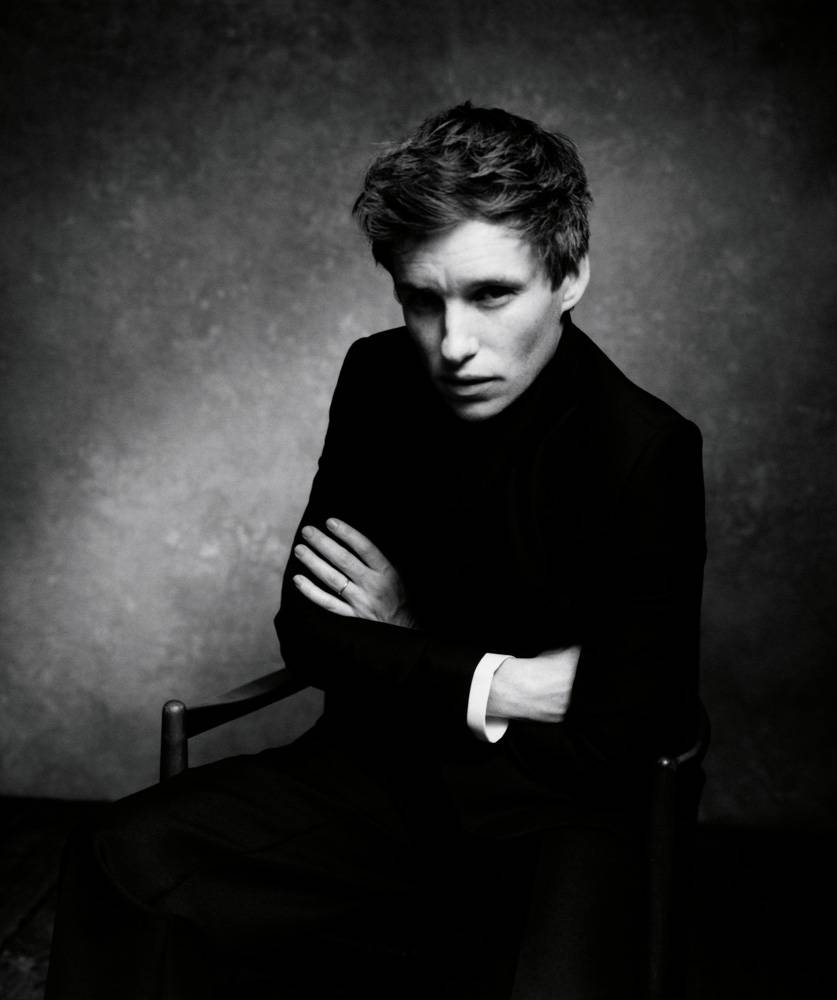
Les réunions avec M. Arnault ne sont-elles pas flippantes ? Personnellement, je crois que j’en ferais pipi dans ma culotte.
Je trouve que c’est quelqu’un de tout à fait passionnant. J’aime lui montrer ce que je fais, et je suis toujours impatient de voir sa réaction. Soyons réalistes, il a absolument tout vu, donc, lorsque je lui montre quelque chose et qu’il est enthousiasmé, c’est vraiment hyper positif pour moi. Il y a deux autres directeurs artistiques chez Dior. Et Hedi [Slimane] fait son truc chez Celine, Kris [Van Assche] fait le sien chez Berluti… je ne vais donc pas, dans mon travail, introduire une référence à celui de mes prédécesseurs, et puis de toute façon, la référence absolue, c’est Christian Dior, et personne d’autre.
Est-il plus facile de travailler pour une maison qui a un illustre patrimoine dans le prêt-à-porter, comme Dior, ou au contraire d’écrire une nouvelle histoire, comme chez Louis Vuitton ?
Chez Vuitton, mes collections étaient inscrites dans l’histoire de la maison, mais elles étaient également influencées par l’histoire du voyage. Louis Vuitton est d’abord une marque articulée autour de l’art du voyage. Pendant les années que j’ai passées à la direction artistique, je suivais attentivement les résultats des ventes, que j’ai vus progresser de façon spectaculaire. Personnellement, je m’appuie avant tout sur les chiffres et sur les faits. En même temps, cela faisait déjà sept ans que je travaillais pour la même maison et on m’offrait tout un tas d’autres opportunités – vous savez ce qu’on dit : sept ans de réflexion… J’ai estimé que le temps était venu pour moi de passer à autre chose, de sortir de ma zone de confort.
Pendant vos années chez Louis Vuitton, est-ce vous qui avez mis sur pied la collaboration avec la marque new-yorkaise de streetwear Supreme – avec l’incroyable succès que l’on sait ?
En fait, ce qui s’est passé, c’est que Michael Burke m’a contacté – c’est un très bon ami, en plus d’être le P-DG de Louis Vuitton – pour me demander le numéro de téléphone de James Jebbia [le fondateur de Supreme]. Je lui ai répondu : “Je te file son numéro à condition d’être autorisé à lancer une collaboration avec lui !” D’une certaine façon, c’était un peu un retour d’ascenseur parce que le premier boulot que j’ai effectué dans la mode, je l’avais décroché à la boutique Gimme Five de Londres, où je déballais les cartons en provenance de chez Supreme. J’avais 19 ans, j’étais encore étudiant à l’époque, et la marque Supreme venait d’être lancée. C’était donc assez chouette de voir la boucle se boucler de cette façon chez Vuitton. C’est, je crois, ce qui a donné à notre collaboration un côté très authentique, à cause de ma relation ancienne avec James Jebbia. Et puis ça a aussi permis d’apaiser complètement les tensions, parce que quelques années auparavant il y avait eu un différend entre Supreme et Louis Vuitton, les choses étaient allées jusqu’au procès. C’était donc cool de pouvoir tourner la page et de se dire que tout cela n’avait plus d’importance ! On en fait toujours des caisses sur la nouvelle histoire d’amour entre la mode masculine et le streetwear, mais en réalité, l’important est avant tout de faire travailler les meilleurs avec les meilleurs. La mode homme a tellement changé. Franchement, regardez-nous : vous êtes rédacteur en chef d’un magazine masculin, je suis directeur artistique des collections homme de Dior, et nous sommes tous les deux en short et en tee-shirt ! On ne peut pourtant pas dire que vous et moi, on ne sait pas s’habiller !
“J’aime les défis, et j’aime avancer hors des sentiers battus. Je ne suis pas une diva, et je ne fais pas une crise de nerfs quand quelque chose ne se fait pas comme je le voudrais – parce que l’époque ne se prête plus à ce genre de caprices de star.”
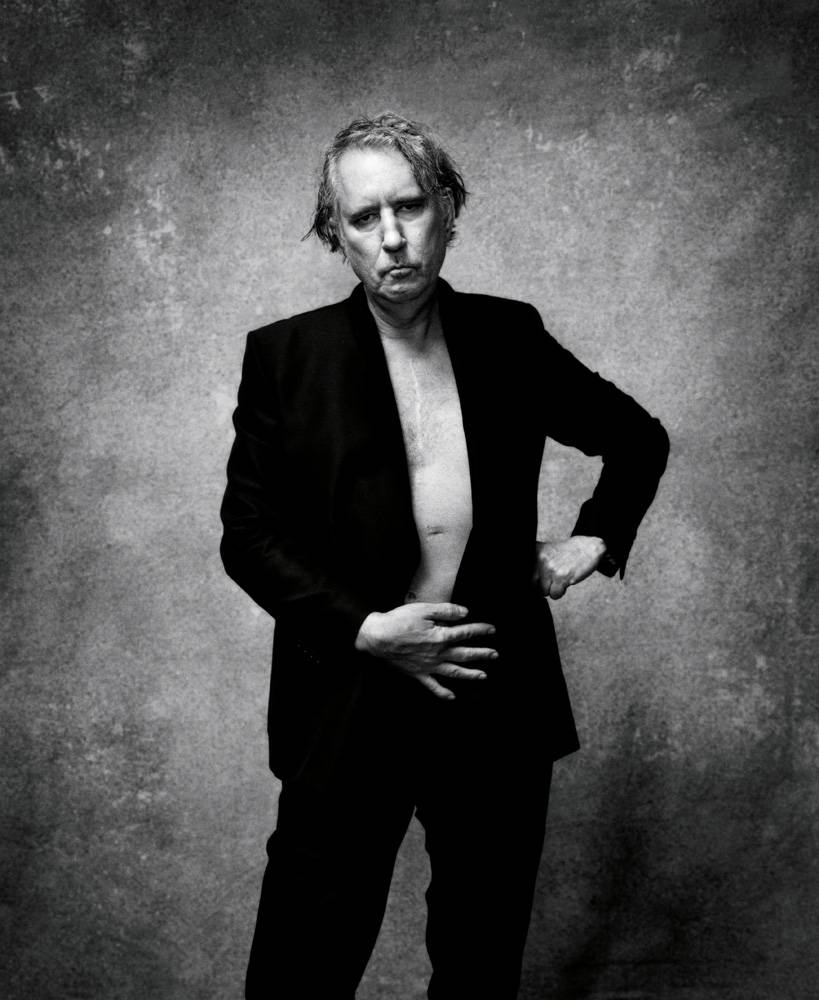
Vous disiez tout à l’heure que vous vous intéressiez aux chiffres et aux faits… Comment la collaboration entre Louis Vuitton et Supreme s’est-elle traduite en termes de ventes ?
Je ne suis pas autorisé à vous donner les chiffres, mais ce que je peux vous dire, c’est que la totalité de la collection s’est vendue en une seule journée, et que les prix étaient absolument dingues. Je dois dire que ce que nous faisons ici [chez Dior] se vend aussi très, très bien. L’activité est en forte croissance, ce qui est génial, et c’est cool de voir tout cela arriver en si peu de temps. Chez Dior, j’ai lancé des collaborations avec des artistes contemporains, c’étaient des clins d’œil à l’activité de galeriste de Christian Dior. Il n’avait, en l’occurrence, pas été autorisé à ce que sa galerie porte son nom, ses parents refusant de le voir s’abaisser à un rôle de “boutiquier” – même s’il travaillait à l’époque avec des peintres comme Picasso, Dalí ou Max Ernst. Je crois que les nouvelles générations ont un véritable engouement pour ce genre de démarche. Pour ma part, j’ai toujours adoré l’art contemporain dont je suis un friand collectionneur.
Qu’est-il advenu de l’imposante statue que vous aviez commandée à l’artiste Hajime Sorayama pour le défilé de la précollection automne-hiver 2019- 2020, à Tokyo?
Elle se dresse encore de toute sa hauteur quelque part, ne me demandez pas où.
Aujourd’hui, dans quelle mesure un créateur doit-il tenir compte des exigences des équipes marketing pour bâtir sa collection – en particulier dans de grandes maisons telles que Dior ou Louis Vuitton ?
Disons qu’il y a deux volets dans la réponse. Lorsque je crée des choses très personnelles, elles se vendent en général très bien. Cela ne veut pas dire que je n’écoute pas les gens du marketing, mais n’oublions pas que mon passé est extrêmement commercial, puisque je viens de chez Louis Vuitton, le vaisseau amiral du groupe LVMH en termes de ventes. Bref, je sais ce que le client attend. Le débat qui oppose l’art aux affaires est intéressant mais, globalement, j’ai surtout tendance à suivre mon instinct, qui me pousse à faire exactement ce que je veux, comme je veux. Mais il arrive aussi que Pietro m’appelle pour me dire : “J’ai pensé à un truc…”, et que je lui réponde : “Super, allons-y !” parce que je trouve son idée stimulante. J’aime les défis, et j’aime avancer hors des sentiers battus. Je ne suis pas une diva, et je ne fais pas une crise de nerfs quand quelque chose ne se fait pas comme je le voudrais – parce que l’époque ne se prête plus à ce genre de caprices de star.
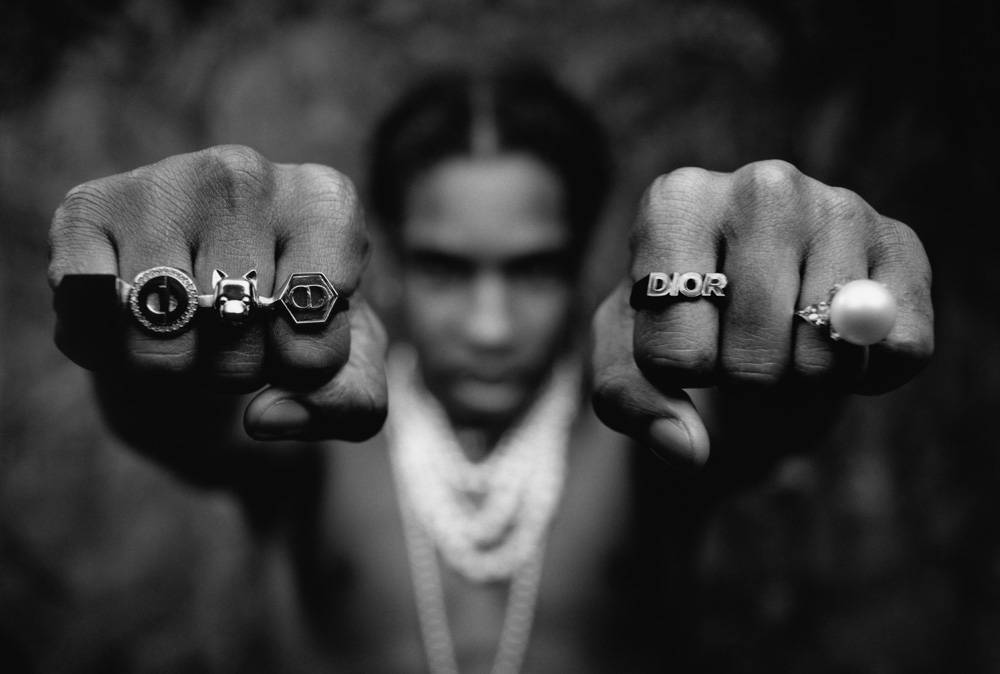
Pour un Londonien pur jus comme vous, est-il facile de se faire à la vie parisienne ?
Je suis retourné à Londres ! L’une des conditions de mon arrivée chez Dior, c’était que le studio y soit relocalisé. Je crois être parvenu à faire mes preuves chez Vuitton, sur le plan de la création comme sur celui des ventes, et je travaille plutôt bien en équipe, mais il y a une grande différence entre Londres et Paris. Londres est une ville très ouverte, alors que Paris me semble assez cloisonnée.
Comment ça ?
À Londres, vous pouvez sortir dîner avec quelqu’un de 7 ou de 77 ans, avec un P-DG ou un éboueur, et cela ne fera aucune différence. Je trouve cette façon de voir les choses très inspirante, et je ne crois pas que ce soit très courant à Paris.
Vous parlez français ou pas du tout ?
Je le parle, mais seulement lorsque j’en ai envie. C’est ma botte secrète : je comprends tout ce que les gens disent, sans qu’ils le sachent. [Rires.]
Saviez-vous que vous alliez vous retrouver chez Dior lorsque vous avez quitté Louis Vuitton en 2018 ?
Je savais qu’il y avait trois points de chute possibles, c’est tout ce que je peux dire.
Découvrez la suite de l’interview de Kim Jones dans le Numéro Homme 38, disponible en kiosque.
